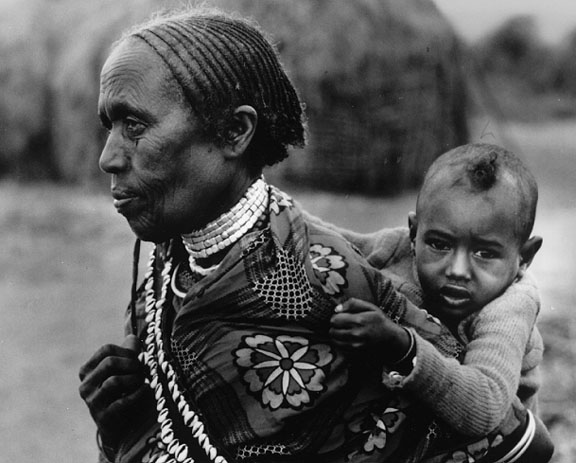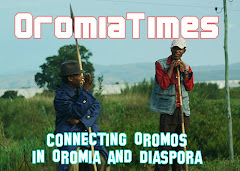 Photo: UNHCR/K.McKinsey  |
| Small boats are used to smuggle people from the Somali coast across the Gulf of Aden to Yemen |
"The bad weather that kept smugglers' boats ashore in July and August is coming to an end and the people traffic is expected to begin in earnest in the next few days," the UNHCR report noted.
The smuggling season runs to December. At least 367 people have died crossing from Bossaso to Aden since January.
The port of Bossaso has been widely documented as a point of departure for migrants and asylum seekers from East Africa, with some coming from as far away as the Democratic Republic of Congo. Most are seeking employment in the Gulf states - particularly Saudi Arabia.
"Tens of thousands of people will pass through Bossaso in a single season," the International Organization for Migration’s (IOM) head of office in Hargeisa, Iulian Circo, told IRIN. "This is not something that happens underground. The trafficking infrastructure is there, and the authorities in Bossaso are profiting from this route."
To reduce the flow of irregular migrants and asylum seekers, the IOM and UNHCR have formed a ‘mixed migration task force’ comprised of other UN agencies and international NGOs. The task force will station teams of Ethiopian and Somali staff members at known transit points - Tug Wajaale, Burao, Las Anod, Garowe and Bossaso.
The immediate purpose of these stations is to provide health assistance and voluntary return options to the most vulnerable migrants; to differentiate between genuine asylum seekers and irregular migrants; and to collect data and map movement trends along the route.
The Ethiopian link
These outreach/monitoring stations are in part the result of interviews the IOM conducted with Ethiopian migrants detained in Bossaso last year. While the danger of boat crossings from Somalia to Yemen has been widely reported, the IOM interviews shed light for the first time on the risks faced by Ethiopians crossing through the self-declared republic of Somaliland en route to Bossaso.
 Photo: Muhammad al-Jabri/IRIN  |
| Habibah Hassan says conditions in the Somali-dominated al-Basateen area of Aden province, Yemen are miserable |
The typical migrant travelling from Ethiopia to Bossaso is male, single, uneducated, in his early 20s and alone. Women most often travel with male relatives and are usually in their mid-20s, though girls as young as 15 also make the journey. Migrants are transported in mini-buses, private cars and, most often, livestock lorries. Interviewees reported that brokers demand more and more money as the route unfolds. Those who do not pay are strip-searched and robbed of all their money.
Danger money
A 22-year-old male farmer from northern Ethiopia recounted the elaborate, sadistic and ultimately effective method used by one broker to extract money from migrants.
"[The broker] has two holes dug in the ground; one for male and one for female travellers. He would ask for money gently at first. Those who refuse are put in holes and are threatened with fire. His men put firewood on either side of the hole and put the people in the middle; [they] then raise a torch and go around making gestures of setting the fire. People generally pay at this point."
But perhaps most dangerous of all is the last leg of the journey, when migrants are often dumped in the desert outside Burao and left to find their own way to Bossaso.

















1 comment:
Everything posted was actually very reasonable. However, what about this?
suppose you were to write a awesome title?
I ain't suggesting your information isn't solid., but what if
you added something that grabbed a person's attention? I mean "ETHIOPIA-SOMALIA-YEMEN: People traffic set to escalate" is a little vanilla. You should glance at Yahoo's front
page and watch how they create article titles to get viewers
to open the links. You might add a video or a related pic or
two to get readers excited about everything've got to say. In my opinion, it might make your posts a little bit more interesting.
My webpage cellulite treatment reviews
Post a Comment